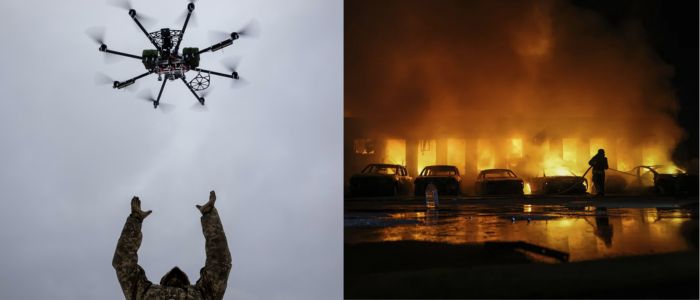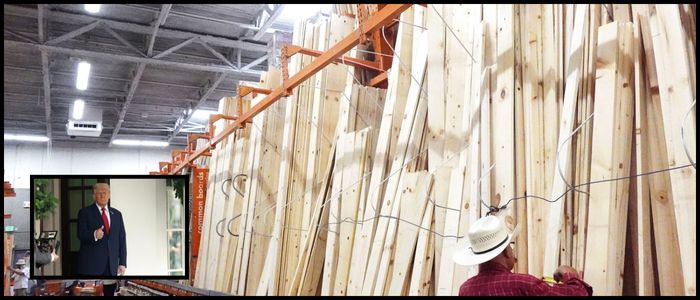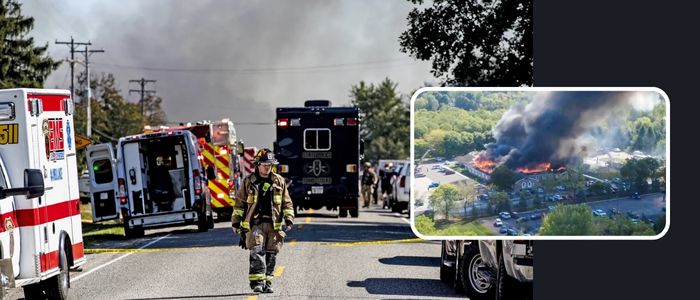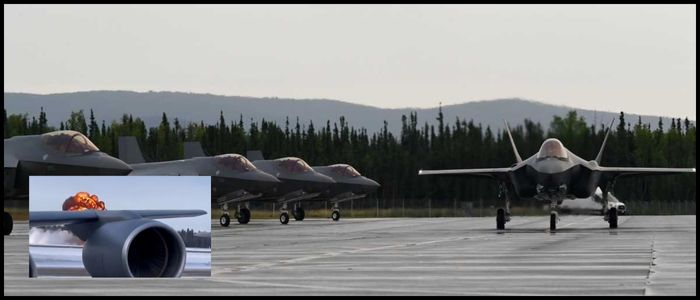Manufacturers are being pushed to innovate at lightning speed, as drones of all kinds are being used to strike targets and conduct surveillance on both sides. High demand for drones that are ready for deployment in the battlefield is driving not just military missions but also encouraging advancements in non-combat areas, including law enforcement, border control and disaster response.
Battle Experience as a Sales Tool
For manufacturers like Delair, a company that teamed up with the defense conglomerate KNDS to provide 100 exploding drones to Ukrainian forces, the “combat-proven” label has emerged as a potent marketing tool. Bastien Mancini, president of Delair, said the firm's drones having performed in extreme conditions of war provides a confidence boost for civilian clients looking to rely on their hardware for more docile activities — such as checking power lines.
Seydoux, who leads Parrot, focused on just how fast innovation in the Ukraine evolves. Since a full-scale invasion began in February 2022, he has absorbed the changing strategies and technologies through numerous trips, learning from Ukrainian developers and military personnel. He says Ukraine’s capacity to adjust to drones and effectively use them is something unique around the world.
Ukrainian Drone Approach Sets the Standard
Under daily bombardment from Russian forces in the air and electronic waves of interference, Ukraine is stepping up its use of drones to fend off its adversaries. The Ministry of Defense this year plans to buy 4.5 million drones, three times as many as last year, all of them locally made. Among these are small drones with real-time navigation and precision targeting that can strike Russian positions.
Ukrainian firm Ailand Systems’ sales rep Alex Vorobei said that ‘it is axiomatic for any serious drone-making company’ to be a part of the Ukrainian theater. “Practically speaking, if you aren’t in Ukraine, you aren’t anywhere,” as he put it.
The Benefits of Military Lessons for Civilians
Parrot’s newest product, the Anafi UKR micro surveillance drone, was developed for and tested in Ukraine. Developed with the assistance of artificial intelligence, it has the ability to navigate when GPS and radio signals are jammed, a capability beneficial not just in war, but also in policing and rescue missions in austere environments.
Delair’s Oskar drone, fitted with a warhead that weighed half a kilogram, was rapidly modified from a civilian mapping drone. Upgraded to counter signal jamming, it’s now being used on the front lines against lightly armored Russian targets. Mancini added that the lessons out of Ukraine have accelerated drone technology more quickly than anybody thought.
Asked about this jump in the growth of the program, he said, “No one is asking anymore if drones are useful. That’s a question that has already been answered on the battlefield.”
Top

European Drone Makers Gain Edge Testing Tech in Ukraine

French drone developer Henri Seydoux is one of a growing array of defense technology honchos making regular trips to Ukraine. For private firms in the drone industry, Ukraine’s battlefield conditions represent a unique chance to test new technologies in true war. The continuing war with Russia, replete with electronic warfare and drone attacks, has made Ukraine a proving ground for unmanned aerial systems.











